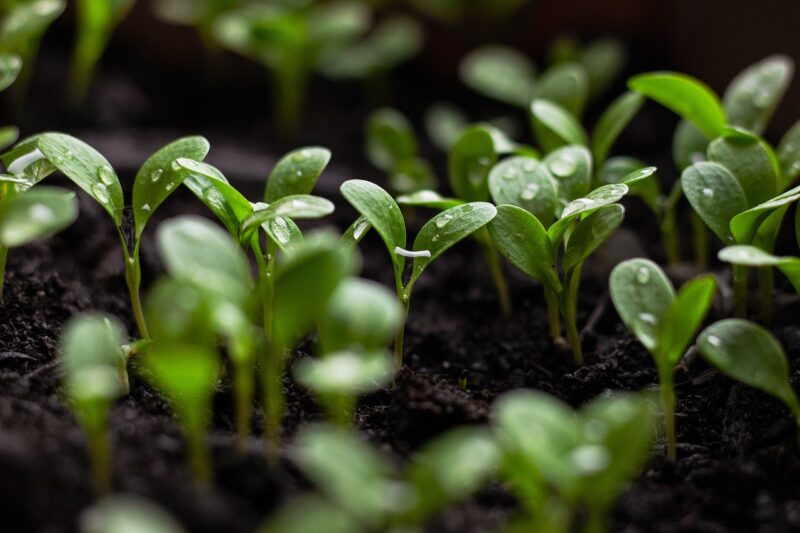10 Tips for Living a More Sustainable Lifestyle
November 11, 2024

In recent years, the conversation around sustainability has gained a tremendous amount of momentum. As our planet faces serious environmental challenges—climate change, pollution, and dwindling resources—the need for individuals to adopt sustainable practices has never been more urgent. Living a sustainable lifestyle not only helps our environment but can also enhance quality of life through conscious consumer choices, reduced waste, and improved health.
1. Reduce, Reuse, Recycle
The three R’s are foundational to sustainable living. Start by reducing what you consume; buy only what you need, and focus on quality rather than quantity. Reuse items as much as possible before discarding them, and finally, recycle materials like paper, glass, and plastics to keep them out of landfills. This practice minimizes waste and promotes the efficient use of resources.
2. Choose Sustainable Fashion
The fashion industry is notorious for its massive environmental impact. To counteract this, consider shopping from sustainable brands that prioritize ethical production methods and eco-friendly materials. Support second-hand shopping and make use of clothing exchanges to minimize your footprint. Remember, wearing what you already own creatively can also be a form of sustainable fashion!
3. Go Plant-Based or Reduce Meat Consumption
Transitioning towards a plant-based diet or simply reducing your meat intake can significantly impact the environment. The livestock industry contributes to deforestation and emits a large amount of greenhouse gases. Incorporate more fruits, vegetables, legumes, and grains into your meals, and consider participating in ‘Meatless Mondays’ to kick off your journey toward a plant-based lifestyle.
4. Conserve Water
Water is one of our most precious resources, yet it is often taken for granted. Simple actions such as taking shorter showers, fixing leaks promptly, and turning off the tap while brushing your teeth can contribute significantly to water conservation. Install low-flow fixtures and consider rainwater harvesting systems for your garden.
5. Use Eco-Friendly Products
Choose cleaning products and toiletries that are biodegradable and environmentally friendly. Avoid products with harsh chemicals that can harm aquatic life and contribute to pollution. Look for labels that highlight sustainability, such as cruelty-free, vegan, and organic certifications.
6. Limit Single-Use Plastics
Single-use plastics pose a significant environmental threat, often ending up in landfills and oceans. Opt for reusable bags, bottles, and containers instead. When shopping, prefer bulk purchases to limit packaging waste, and always remember to bring your own reusable items when you head out.
7. Use Public Transport, Walk, or Bike
Transportation is a major contributor to greenhouse gas emissions. To minimize your carbon footprint, utilize public transportation, walk, or cycle whenever possible. If your commute is longer, consider carpooling with others to cut down on the number of vehicles on the road.
8. Support Local and Sustainable Businesses
Shopping locally reduces the carbon footprint associated with transporting goods over long distances. Support farmers’ markets, local artisans, and businesses that prioritize sustainability in their practices. Your support encourages others to adopt environmentally friendly methods, ultimately benefiting your community.
9. Grow Your Own Food
Growing your own fruits and vegetables is a rewarding way to live sustainably. Start with a small herb garden or container planting fruits and vegetables in your backyard. Not only can this reduce your reliance on supermarket produce, but it also allows you to control what chemicals, if any, are used in your food production.
10. Stay Informed and Spread Awareness
Being informed about environmental issues and sustainable practices enables you to make educated choices. Follow sustainability blogs, read books on the topic, and attend workshops—even discussions in your community. The more you know, the better decisions you’ll make, and by sharing your knowledge, you can inspire others to adopt sustainable practices as well.
Conclusion
Adopting a sustainable lifestyle is a journey that starts with small changes. Each step makes a difference and contributes to a collective effort that can lead to significant environmental improvements. By incorporating these ten tips into your daily life, you not only work towards a healthier planet but also create a meaningful and fulfilling lifestyle that considers the well-being of future generations. Remember, sustainable living isn’t just a lifestyle; it’s a responsibility we all share towards our planet and each other.







